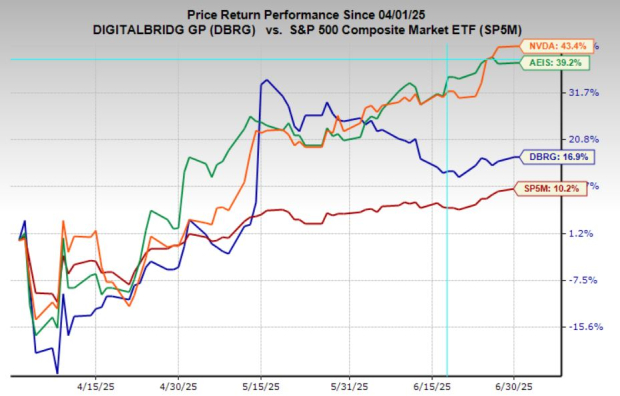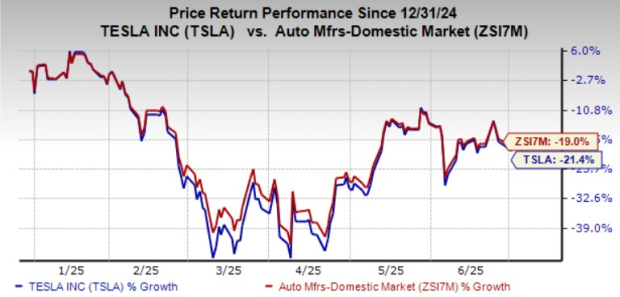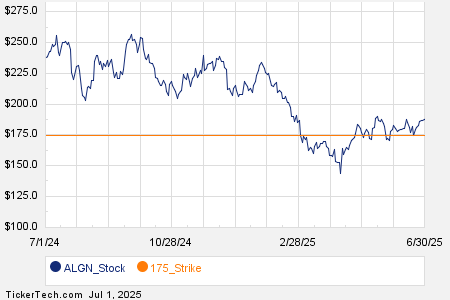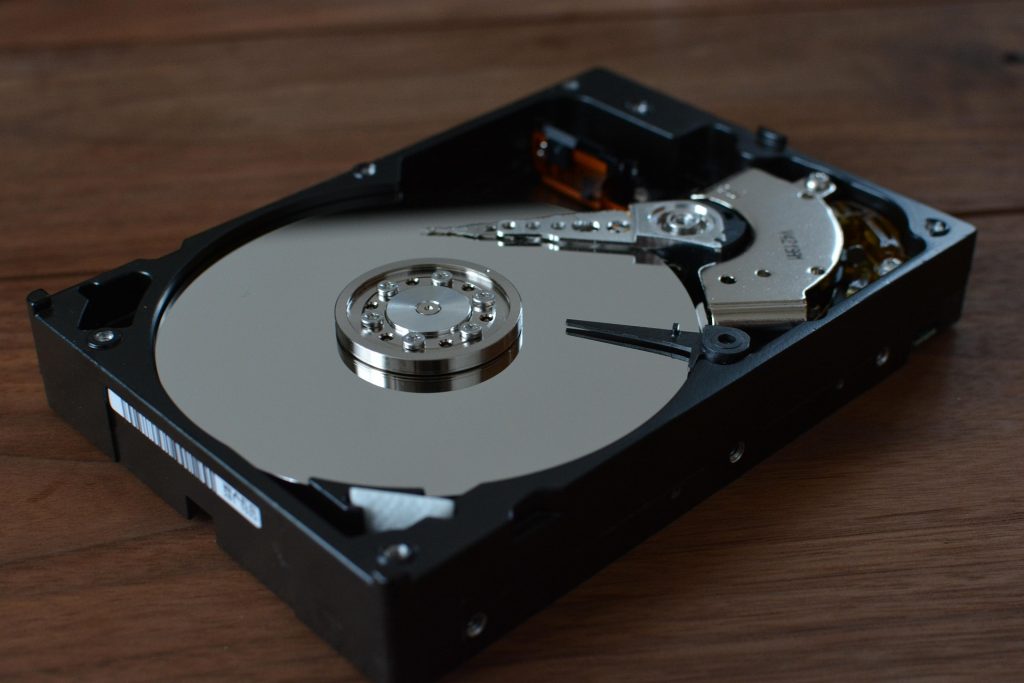In today’s growth-driven market, it’s easy to get caught up in popular stocks that are capturing the spotlight and overlook the steady performers. A great example is Procter & Gamble (NYSE: PG), commonly known as P&G.
P&G is a $393 billion-dollar behemoth that just hit an all-time high, making it the second-most valuable U.S.-based consumer staples company, ahead of Costco Wholesale and just behind Walmart.
P&G owns several popular personal care and household goods brands, like Pampers, Tide, Bounty, Charmin, Gillette, Old Spice, Dawn, and dozens more. These brands don’t attract the glitz and glam of popular luxury products. But that doesn’t mean P&G lacks pricing power or a loyal customer base.
Here’s why P&G hit an all-time high for all the right reasons, and why the dividend stock is worth considering now.

Image source: Getty Images.
Executing despite myriad challenges
It took over two years, but P&G finally eclipsed its previous all-time high on Jan. 21, 2022, of $165.35 a share.
Back then, supply chain bottlenecks were still a widespread issue. It wasn’t yet known how bad inflation would be or how long it would last. But P&G has done a masterful job navigating these issues. Its execution is one of the core reasons the stock deserves to make a new all-time high.
The easiest two ways for P&G to grow its business are higher volume and higher prices. Recently, volumes have been close to flat, but P&G has grown earnings thanks to higher margins and productivity savings.
Perhaps the simplest way to showcase P&G’s success during this challenging time is to look at its sales and operating margin.

PG Revenue (TTM) data by YCharts
As the chart shows, P&G’s sales surged over the last five years. Its margins only took a slight hit in 2022 and 2023, and have recovered to their highest level in 10 years.
During inflationary times, investors expect a company’s sales to rise more than usual. However, these price increases are typically offset by higher costs, which can erode margins if the company lacks pricing power.
But in P&G’s case, the margins held up and sales were higher, which drove growth for the company.
Looking at sales paired with operating margin is a good way to measure if sales growth is healthy or not. The metrics indicate that P&G was able to successfully pass along higher costs to customers — a testament to the perceived quality of its portfolio of brands. Granted, volume growth will eventually need to come back, because there’s a limit to how much P&G can raise prices without doing more harm than good.
A justifiably expensive stock
P&G has historically traded at a premium valuation. Its current price-to-earnings (P/E) ratio and median P/E over several different time intervals are all more than 25.

PG PE Ratio data by YCharts
You may be wondering why such a low-growth business deserves a high valuation. The reason is that P&G excels at delivering on its promises to shareholders.
Given the nature of its business, P&G only has so many ways to unlock growth before its spending would be reckless. The trick is to allocate capital wisely by building a strong portfolio of brands that achieves pricing power and can steadily grow earnings over time, while rewarding shareholders with buybacks and dividends. P&G has done exactly that over its rich history.

PG data by YCharts
The stock has doubled over the last decade, the dividend and earnings are up more than 50%, and P&G has reduced its outstanding share count by 12.9%. It’s not a jaw-dropping performance, but it checks the boxes that value and income investors may be seeking.
Dividend quality over quantity
In April, P&G announced a sizable 7% increase to its dividend, bringing the quarterly dividend above $1 a share and marking the 68th consecutive annual increase. P&G is the longest-tenured consumer staple Dividend King, part of an elite cohort of companies that have increased their payouts for at least 50 years.
P&G’s track record for dividend increases and the size of its increases make it one of the most reliable dividend stocks out there. But as mentioned, the company also buys back its own stock, which extends the capital return program beyond just dividends.
Despite being at an all-time high, P&G still yields 2.4%. It’s not an ultra-high yield, but it is a decent one, especially coming from such a high-caliber company. And over the years, P&G has proven it isn’t just a passive income play. The company has grown in value, rewarding shareholders with a blend of capital gains and dividend income.
Over the last three years, P&G has a nearly identical total return to that of the S&P 500, at 30.6% for P&G and 30.7% for the index, compared to 17.9% for the consumer staples sector. P&G has underperformed the S&P 500 over the last five-year and 10-year time frames, but crushed the performance of its sector. Still, P&G has put up impressive results during a very strong market period led mostly by high growth, tech-orientated companies. It’s been difficult for the more defensive pockets of the market to keep pace with the indexes during this time, yet P&G has still put up respectable gains while rewarding its shareholders.
A foundational dividend stock
P&G is not a cheap stock, but it has made a new all-time high for the right reasons. The recent dividend raise was sizable, and P&G’s margins and sales growth have been impressive given the circumstances.
Part of the recent run-up in P&G stock is likely due to the consumer staples sector hitting a 52-week high on May 10 as some investors get more defensive amid higher equity valuations and the risk of interest rates staying higher for longer.
Overall, P&G isn’t a screaming buy, but it remains a foundational holding with a compelling investment thesis that can back up its current valuation.
Should you invest $1,000 in Procter & Gamble right now?
Before you buy stock in Procter & Gamble, consider this:
The Motley Fool Stock Advisor analyst team just identified what they believe are the 10 best stocks for investors to buy now… and Procter & Gamble wasn’t one of them. The 10 stocks that made the cut could produce monster returns in the coming years.
Consider when Nvidia made this list on April 15, 2005… if you invested $1,000 at the time of our recommendation, you’d have $550,688!*
Stock Advisor provides investors with an easy-to-follow blueprint for success, including guidance on building a portfolio, regular updates from analysts, and two new stock picks each month. The Stock Advisor service has more than quadrupled the return of S&P 500 since 2002*.
See the 10 stocks »
*Stock Advisor returns as of May 13, 2024
Daniel Foelber has no position in any of the stocks mentioned. The Motley Fool has positions in and recommends Costco Wholesale and Walmart. The Motley Fool has a disclosure policy.
The views and opinions expressed herein are the views and opinions of the author and do not necessarily reflect those of Nasdaq, Inc.







